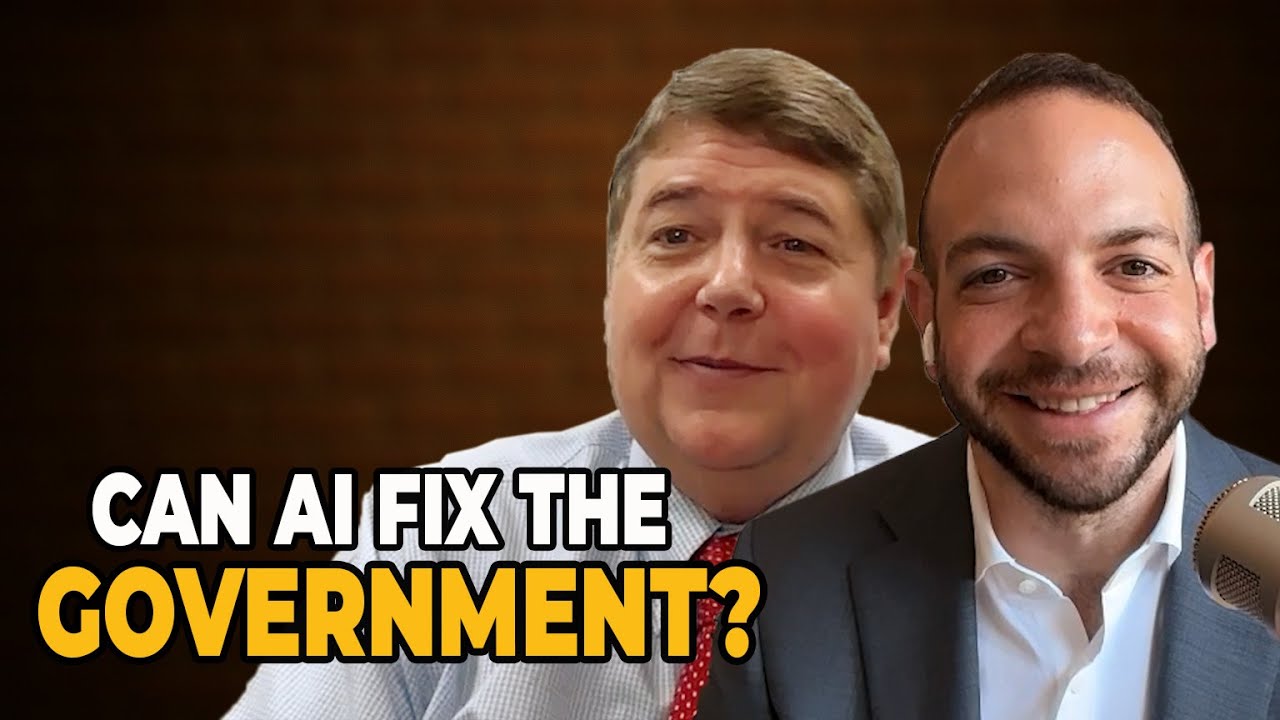In the Big Technology Podcast, Booz Allen CTO Bill Vas discusses the modernization of government technology through AI integration, outcome-based contracting, and advancements in autonomous driving and quantum computing, highlighting ongoing efforts to improve efficiency and maintain technological leadership. He emphasizes AI as a powerful tool augmenting human capabilities, the complexities of deploying autonomous systems, and the promising future of quantum technologies despite current challenges.
In this insightful conversation on the Big Technology Podcast, Bill Vas, CTO of Booz Allen, shares his extensive experience working at the intersection of government and cutting-edge technology. Booz Allen primarily serves government clients, employing thousands of engineers and AI experts to develop a wide range of technologies, from running GPS satellites to experimenting with 3D printing of organs. Bill highlights the complexity and redundancy within government systems, citing the Pentagon’s historical use of over 255 different systems, and discusses ongoing efforts to consolidate and modernize these fragmented infrastructures, particularly through initiatives like the U.S. Digital Service (Doge).
Bill explains the shift in government contracting from traditional time-and-materials models to outcome-based, firm fixed-price contracts, which aim to improve efficiency and accountability. While this approach limits flexibility for government agencies, it encourages clearer goal-setting and better delivery outcomes, ultimately benefiting taxpayers. He also addresses the common perception that government technology is outdated, clarifying that while some legacy systems persist due to funding and political challenges, the government also leads in advanced technologies such as AI, satellites, and autonomous systems, often collaborating with Silicon Valley innovators.
Generative AI and large language models are already being integrated into government operations in impactful ways. Bill shares examples such as deploying LLaMA on the International Space Station to assist astronauts with troubleshooting, using AI to expedite veterans’ claims processing, and enhancing autonomous systems. He acknowledges concerns about AI’s limitations, including hallucinations and potential overreliance, but emphasizes that these tools serve as powerful augmentations rather than replacements for human judgment, much like calculators or GPS systems.
The discussion then shifts to autonomous driving and robotics, where Bill notes significant progress but also highlights the complexity of real-world deployment. He predicts that fully autonomous vehicles will become more common within the next five years, supported by advanced synthetic training environments like Nvidia’s Omniverse. Bill also compares U.S. and Chinese efforts in AI and autonomous technology, stressing the importance of government and private sector collaboration in maintaining technological leadership amid global competition.
Finally, Bill delves into quantum computing, explaining its current state and future potential. While quantum machines exist, they face challenges with noise and error correction, requiring massive physical qubit counts to achieve practical, error-corrected quantum computation. He foresees breakthroughs in material sciences and cryptography within the next decade, with quantum-safe encryption already being adopted to prepare for future threats. Bill concludes by reflecting on lessons from his time at Sun Microsystems, emphasizing the need for continuous innovation, adaptability, and customer focus to thrive in the fast-evolving tech landscape.
